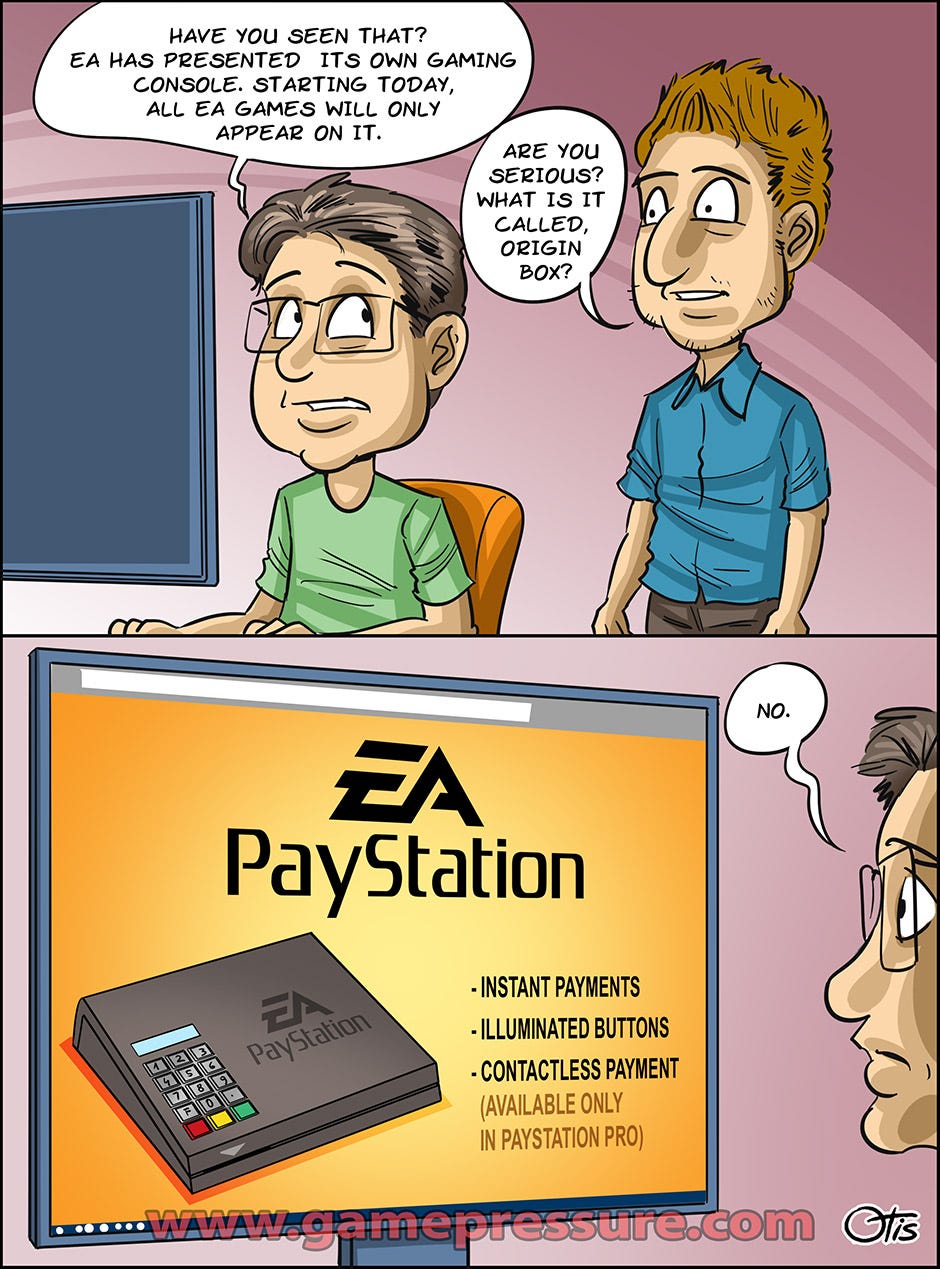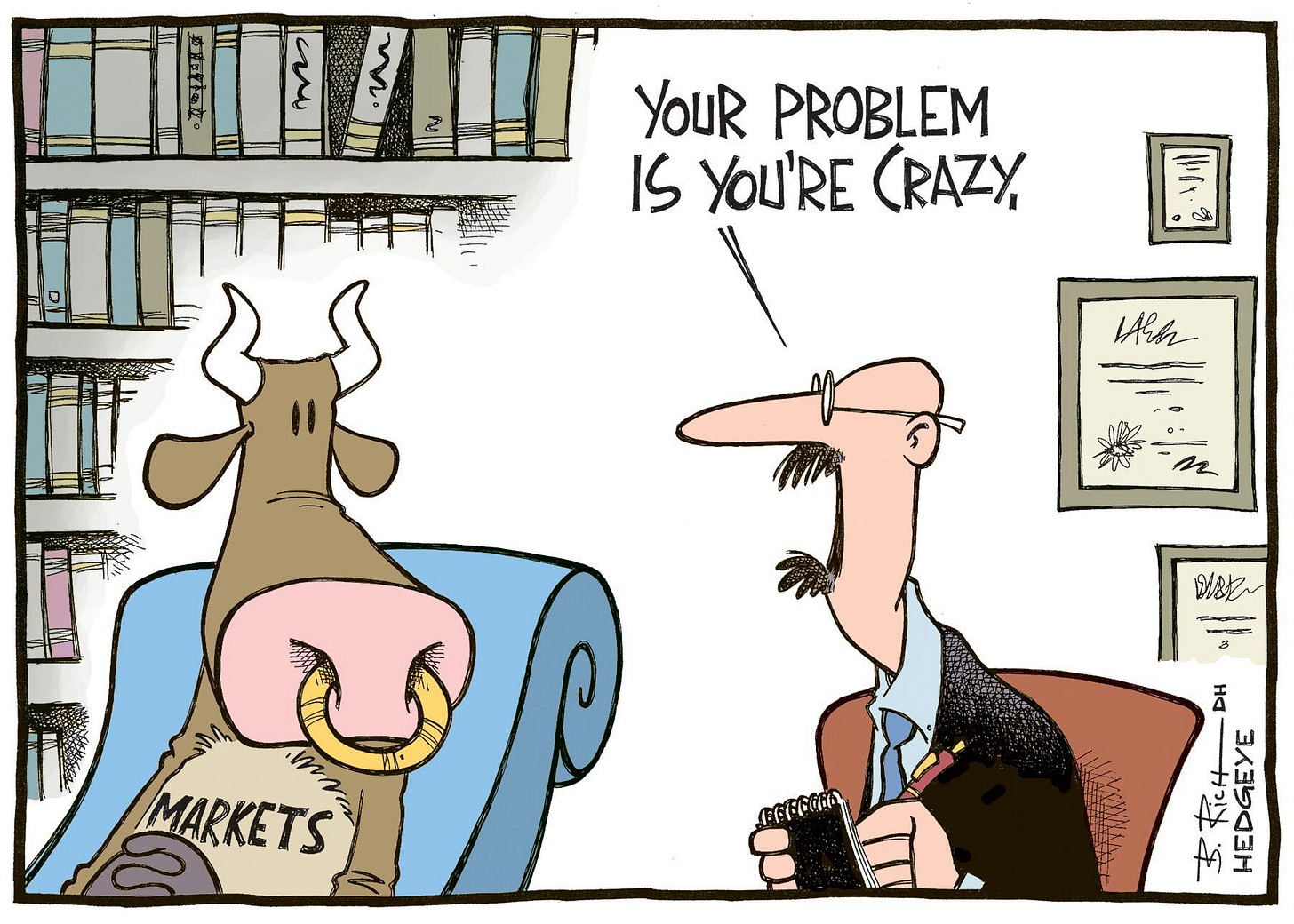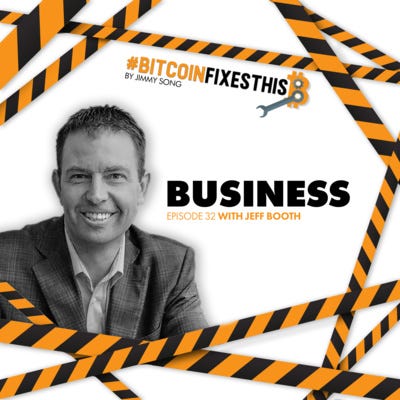My article last week about NFTs being bribes drew a fair amount of attention. Many were especially upset that I would condemn starving artists finally making money, proving the point I made. The people getting paid, or potentially getting paid by Ethereum become its staunch defenders. This would be funny if it wasn’t so sad. In this article, I hope to show that NFTs are doomed to crash from simple economics analysis.
Back in 2017-18, there were so many ICOs coming out that even the most enthusiastic ICO investors couldn’t keep up with all the presales, whitepapers, and token generation events. At some point, there’s simply too much supply and demand, even frenzied demand, can’t keep up. This is what we call the saturation point, where supply keeps increasing and demand starts decreasing. A bubble has formed and is ripe for popping when everything goes south very quickly.
A similar dynamic is about to happen to NFTs. There are a limited amount of buyers and a coming supply glut. This is in contrast to Bitcoin’s halvening which limits the supply of Bitcoins further. In a sense, NFTs will have an extremely low stock-to-flow very soon. We’ll see an explosion of new NFTs enter the market as the market will produce lots of them. Every artist and company looking for new sources of revenue are talking about NFTs. If the insane NFT prices continue, the supply will not increase little, but a lot. Eventually, the NFT market will reach a saturation point, at which point it will crash. And if you thought the ICO crash was bad, the NFT crash is likely to be much worse for a few reasons.
First, NFTs’ non-fungibility means that liquidity is likely to be low for the vast majority of tokens. This means that most of the bag-holders will not be able to get rid of their bags and will have little opportunity to even sell, let alone make their money back. ICOs have a 24/7 market at various exchanges, NFTs will be much harder to liquidate as they will need to be listed separately and sold on an individual basis. Not only that, but most have a tax that must be paid to the artist/smart contract owner. The friction of selling will make flipping/trading/liquidating that much harder.
Second, NFTs are likely to have a lot more fraud than ICOs. Many ICOs had token lockup requirements for those who bought at the presale to create a frenzy. NFT prices are even easier to manipulate. Wash trading by the artist or the artist’s friends can easily make the NFT seem like it’s worth much more than it is. If a digital token sells for a lot of money, what’s to stop the artist from issuing the same token again on the same chain or some other chain? At least ICOs were watched by lots of people that held the same token. A single token that’s defrauded with an artist’s double-spend is unlikely to be caught by the buyer.
Third, NFTs are really only being bought by the holders of ETH. This is obviously the platform to be on as the buyers are all on ETH. Much like ICOs, they easily could have done their token offering on another platform. ETC, for example, would have required no additional work and would cost much less, but no one does that because there are no buyers.
If NFTs were about digital ownership, the artist could avoid blockchains altogether. They could put up an HTML page of who owns which digital art piece and sell without having to pay NiftyGateway or ETH gas fees. They could sell their digital art for USD with Paypal. They could even make the ownership transferrable and take a cut of the sale as they do with many NFTs now. The reason artists don’t do this is because artists are not likely to make much. There simply aren’t enough buyers.
The reason artists choose to go on ETH is all of the buyers. Specifically, there are a lot of people with ETH to spend. At some point, these buyers will have their fill of NFTs and will start selling their NFTs, stop buying new NFTs or both. This suggests that the buyers will run out at some point. Unless a lot of rich patrons suddenly show up on ETH the turning point will be dramatic and everything will fall hard.
Ultimately, this means that NFTs are doomed to crash. The buyers of NFTs are likely to be holding bags for a very long time as there’s little likelihood of much liquidity and not much that will bind the artist to the token over the long-term.
Economically, the dynamic for ETH will be worse than it was for ICOs. At least ICO companies had some motivation to keep ETH as their savings. Artists are much more likely to sell their ETH to generate revenue. They are not tied to the Ethereum ecosystem the same way ICOs are. ETH will flow from ETH holders to artists, which means that ETH will crash on the NFT bust as well.
One last thing that people keep asking me about is the hope that NFTs will come to Bitcoin. I really don’t see this being viable. Bitcoin is used as savings which means that the people buying potential Bitcoin NFTs will want a lot of value back. The culture of Bitcoiners is not spending frivolously but getting good value. Most Bitcoiners know the pain of spending Bitcoin, so they’ll be a lot more careful, so I don’t think the market in BTC will be nearly as robust as on ETH.
Bitcoin
Core developer Suhas Dafuar published his thoughts on Taproot activation. The main issue is the Lockin-on-timeout (LOT) behavior in the core client. As the post points out, Taproot itself is not at all controversial, but the LOT behavior is. As he points out, Taproot is clearly a consensus change, but so is LOT. His conclusion that Taproot itself shouldn’t be deployed if there’s no consensus on LOT is sobering. That said, the current proposal closest to consensus seems to be a “speedy trial.” This gives miners 3 months to signal at the 90% threshold and LOT is not set to anything, with the idea that there would be different activation proposals made at that time if no lockin occurs. The actual activation of the soft fork would occur about 6 months after lockin. This is a pretty hot topic at the moment and I really hope something like speedy trial gets through.
Princeton has a paper on what mining would look like if it relied only on fees. The paper lays down different attacks that miners can do, including undercutting and selfish mining. Undercutting essentially would mine a particularly large fee block that was just mined but leave some large-fee transactions out to incentivize other miners to build on top of their undercut block. Selfish-mining is tricking other miners into mining on blocks that are going to be stale to get an advantage. The analysis here from an economic perspective is correct, but the social cost of intentionally forking or making stale blocks isn’t considered. Still, interesting analysis.
Sergio Lerner has an extensive article on Bitcoin Sidechains. He covers the history of sidechains, what possible ways sidechains can work and the difference between sidechains and overlay chains (Counterparty, Omni) and RemoraChains (Veriblock, Stacks). I don’t necessarily share the author’s enthusiasm for sidechains like RSK, but I do think having a good framework for evaluating them as he does in the post is very useful.
Claus Schnorr has significantly reduced the speed of factoring large composite numbers used in RSA in a new paper. I don’t completely understand the paper, but enough people have alerted me to it that I had to include it in the newsletter. The technique is apparently much better than Quadratic Sieves. Bitcoin uses ECDSA and not RSA, so it doesn’t have much impact on Bitcoin. However, I would think seriously about changing RSA-based SSH keys and SSL certificates.
Crypto Garage has an interesting article on optimizing adaptor signatures for use in DLCs. The motivating problem is a Discrete Log Contract that pays a different amount based on some input from an Oracle. Say, a bet about the price of Bitcoin, but paying out $1 if the price is $40,001 and $9,999 if the price is $49,999 with all points in between. It turns out that there need to be a lot of conditions in the DLC to cover this and the oracle specifies the price in terms of each digit. The operation turns out to be slow based on the number of digits and they optimized by factoring out the scalar values. Great for learning a bit about DLCs, adaptor signatures and how to settle such contracts with many outcomes.
Another week, another developer gets funded. Congrats Luke-jr!
Lightning
OKCoin now allows LN deposits/withdrawals and they have a blog post on how to use it. During high-fee times, this can be a God-send and I hope a lot more people use this option going forward. This also takes a lot of the custody problem away as long as the channels are big enough. Each user can keep custody in a lightning wallet and only transfer when they want to trade and transfer back when not trading. Of course, the security model on lightning is different and you should be careful doing something like this. That said, lightning should eventually minimize trust in the exchange and I hope this becomes standard practice.
Anthony Ronning shows how you can open batch channels using a ColdCard. This is a method of opening multiple channels with a single transaction as to reduce the fees. The keys for the funding transaction in this case are assumed to be on the coldcard, but the keys for the lightning channels will be on lnd. Good for running a lightning node if you are running a routing node.
Rick Delaney explores Lightning’s use in gaming. Among other stats they share is that about $52M is locked in the Lightning network, though in BTC terms, this hasn’t increased that much (it’s been steady at around 1000 BTC for the past 10 months). The interesting use-cases may be video-game with financial consequences. There seems to be a hybrid of video games and gambling that LN is poised to take advantage of in ways that I hadn’t thought of.
Economics, Engineering, Etc
Lorenzo Vallecchi has a long post on Bitcoin and energy for the next 50 years. The post is not just about energy, but about the petrodollar and the consequences of technology progress which are currently undermining it. Among other nice tidbits from the article is the fact that the Fed owns more US treasuries than all other central banks combined. Lorenzo positions Bitcoin as an alternative to the petrodollar in the sense that it can be more easily linked to renewables. It’s definitely worth reading and thinking about.
Pete Rizzo makes his debut on Forbes arguing that Bitcoin is not a bubble. The article is informative, but for me, reads like a conversion story of a reporter that’s been in the space for quite some time. He explains his thought process and invites the skeptical reader to come along and understand that Bitcoin is more than they think it is.
Arthur Hayes gives an overview of the entire macro environment in his own inimitable way. The main accepted facts of the macro environment according to him are that: inflation is coming and something extreme has to happen. Ultimately he thinks that some combination of Bitcoin and some way to be long interest rate volatility is the right barbell strategy given this market. There’s much more in this entertaining article, so I would suggest you read the whole thing if you’re trying to plan your portfolio for the next 5 years.
Braiins has published an interesting article on uses for recycling ASIC heat. The uses are pretty interesting, including greenhouses, water boilers and hot tubs. Once mining equipment gets cheaper, I hope some defrayment of the cost using the waste heat for these goodies becomes more common.
Kentucky has a bill in their legislature giving tax breaks to Bitcoin miners. They’re clearly hoping to draw more Bitcoin mining companies to their state and it’ll be interesting to see if this makes a difference. Bitcoin mining is not necessarily a labor-intensive industry, but the economic effects ought to benefit the state if it passes.
Another week, another altcoin plays decentralization theater. EIP1559 was implemented by the Ethereum developers despite 60% of miners signaling against it.
Another week, another company buys more Bitcoin.
Podcasts
This week, on Bitcoin Fixes This, I talked with Jeff Booth. We covered the deflationary nature of technology, the role of luck in entrepreneurship and how the macro credit environment affects businesses.
I was on Swan Signal Live to talk about possible attack vectors by central banks. I also helped record the Bitcoin White Paper by reciting some C code.
Lastly, I talked to Jaded 80’s Baby, Cigars and Crypto, and Faith Positive Radio about the new book:
Fiat delenda est.



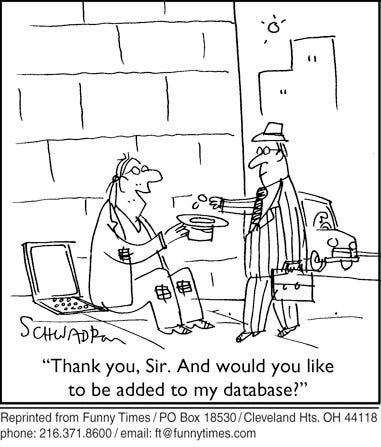
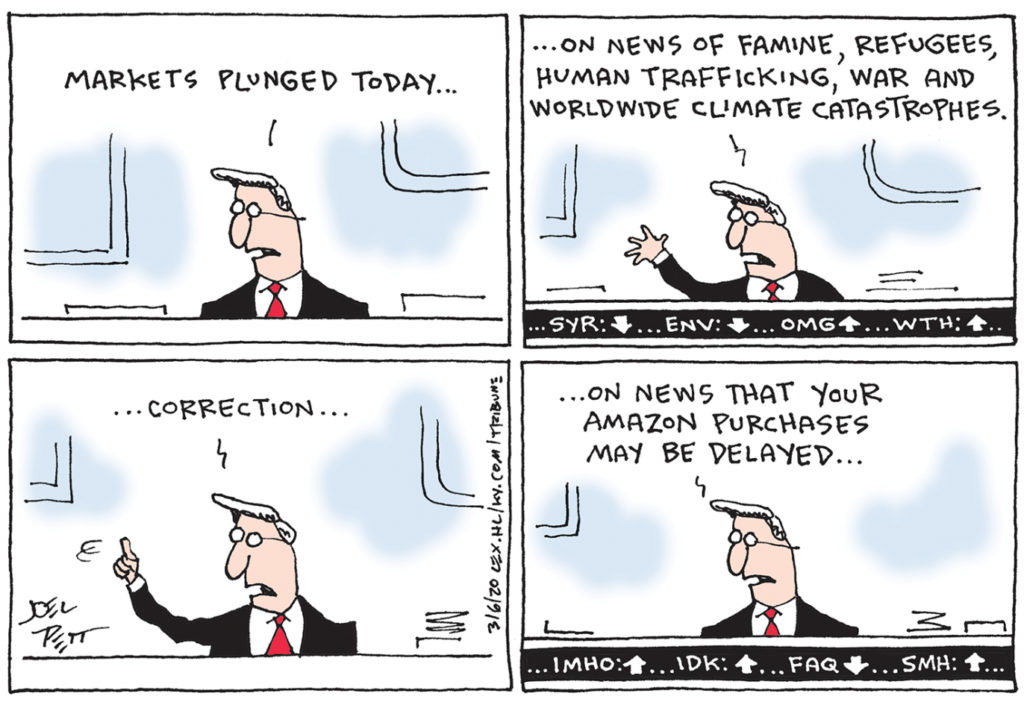
![Beware of these new hidden travel fees [Money Tip and Action Step] - Own Your Money Beware of these new hidden travel fees [Money Tip and Action Step] - Own Your Money](https://substackcdn.com/image/fetch/$s_!DXNf!,w_1456,c_limit,f_auto,q_auto:good,fl_progressive:steep/https%3A%2F%2Fbucketeer-e05bbc84-baa3-437e-9518-adb32be77984.s3.amazonaws.com%2Fpublic%2Fimages%2Fe554b5de-ce10-4e76-8d7a-2b192d9a5cbc_270x300.jpeg)

